In today’s digital age, protecting personal and sensitive data is crucial. The increasing prevalence of cyber threats and data breaches necessitates proactive measures to safeguard information from unauthorized access and exploitation. Cyber data protection encompasses practices and technologies used to secure digital data from theft, corruption, and unauthorized access.
This includes safeguarding personal information, financial data, intellectual property, and other sensitive information targeted by cybercriminals. As cyber threats continue to evolve, individuals and organizations must stay informed about best practices for cyber data protection and implement robust security measures to mitigate data breach risks. Effective digital data protection requires a multi-faceted approach.
Key components include creating strong, unique passwords; implementing two-factor authentication; regularly updating software and operating systems; using secure and encrypted networks; exercising caution with email and online communication; and backing up important data and files. By adopting a proactive stance on cyber data protection, individuals and organizations can minimize the risk of falling victim to cyber attacks and mitigate the potential impact of data breaches. This article will explore each of these key components of cyber data protection in detail, providing practical tips and best practices for safeguarding digital information in an increasingly interconnected world.
Key Takeaways
- Cyber data protection is essential for safeguarding personal and sensitive information from unauthorized access and cyber threats.
- Creating strong and unique passwords with a combination of letters, numbers, and special characters can help prevent unauthorized access to accounts and sensitive data.
- Implementing two-factor authentication adds an extra layer of security by requiring a second form of verification, such as a code sent to a mobile device, in addition to a password.
- Regularly updating software and operating systems helps to patch security vulnerabilities and protect against potential cyber attacks and malware.
- Using secure and encrypted networks, such as virtual private networks (VPNs), can help protect data and communications from interception and unauthorized access.
Creating Strong and Unique Passwords
Passwords: The First Line of Defense
Passwords serve as the primary barrier against unauthorized access to digital accounts and sensitive information. It is essential to create passwords that are complex and difficult for cybercriminals to guess or crack through brute force attacks.
Characteristics of a Strong Password
A strong password typically includes a combination of upper and lower case letters, numbers, and special characters. Additionally, it is important to avoid using easily guessable information such as birthdates, names of family members, or common words as part of a password. Furthermore, using unique passwords for each digital account is crucial to prevent a single data breach from compromising multiple accounts.
Password Maintenance and Management
In addition to creating strong and unique passwords, it is important to regularly update them to further enhance security. This helps to mitigate the risk of unauthorized access in the event that a password is compromised. Many experts recommend using a password manager to generate and store complex passwords for different accounts, making it easier to maintain a high level of security across multiple platforms.
By prioritizing the creation and maintenance of strong and unique passwords, individuals and organizations can significantly reduce the risk of unauthorized access to sensitive digital information.
Implementing Two-Factor Authentication

In addition to creating strong and unique passwords, implementing two-factor authentication (2FA) is an effective way to enhance cyber data protection. 2FA adds an extra layer of security by requiring users to provide two forms of identification before gaining access to an account or system. This typically involves something the user knows (such as a password) and something the user has (such as a mobile device or security token).
By requiring both factors for authentication, 2FA significantly reduces the likelihood of unauthorized access even if a password is compromised. There are various methods of implementing 2FA, including SMS codes, authenticator apps, biometric verification, and hardware tokens. Each method offers its own advantages in terms of security and convenience.
For example, authenticator apps generate time-based codes that are synchronized with the user’s account, providing a secure method of authentication without relying on SMS messages that could be intercepted. Biometric verification, such as fingerprint or facial recognition, offers a convenient and secure way to authenticate users without the need for additional hardware or codes. By implementing 2FA across digital accounts and systems, individuals and organizations can significantly enhance their cyber data protection measures and reduce the risk of unauthorized access.
Regularly Updating Software and Operating Systems
| Software/Operating System | Frequency of Updates | Importance |
|---|---|---|
| Windows 10 | Monthly | High |
| MacOS | Regularly | High |
| Google Chrome | Every 6 weeks | High |
| Microsoft Office | Regularly | High |
Another critical aspect of cyber data protection is the regular updating of software and operating systems. Software updates often include patches for security vulnerabilities that have been discovered since the release of the previous version. By keeping software and operating systems up to date, individuals and organizations can ensure that known security flaws are addressed promptly, reducing the risk of exploitation by cybercriminals.
In addition to security patches, software updates may also include new features, performance improvements, and bug fixes that contribute to overall system stability and functionality. It is important to enable automatic updates whenever possible to ensure that software and operating systems are consistently updated with the latest security patches and enhancements. By prioritizing regular updates, individuals and organizations can bolster their cyber data protection measures and reduce the likelihood of falling victim to known security vulnerabilities.
Using Secure and Encrypted Networks
When accessing digital information over networks, it is essential to use secure and encrypted connections to protect data from interception or unauthorized access. Public Wi-Fi networks, for example, are often unsecured and pose a significant risk to the privacy and security of transmitted data. Cybercriminals can easily intercept unencrypted data transmitted over public Wi-Fi networks, potentially gaining access to sensitive information such as login credentials, financial data, or personal communications.
To mitigate this risk, individuals should use virtual private network (VPN) services when connecting to public Wi-Fi networks. VPNs encrypt data transmitted between the user’s device and the VPN server, preventing unauthorized interception or monitoring of network traffic. Additionally, it is important to ensure that websites are accessed over secure connections using HTTPS protocols, which encrypt data transmitted between the user’s device and the website’s server.
By using secure and encrypted networks, individuals can significantly enhance their cyber data protection measures when accessing digital information over public or untrusted networks.
Being Cautious with Email and Online Communication
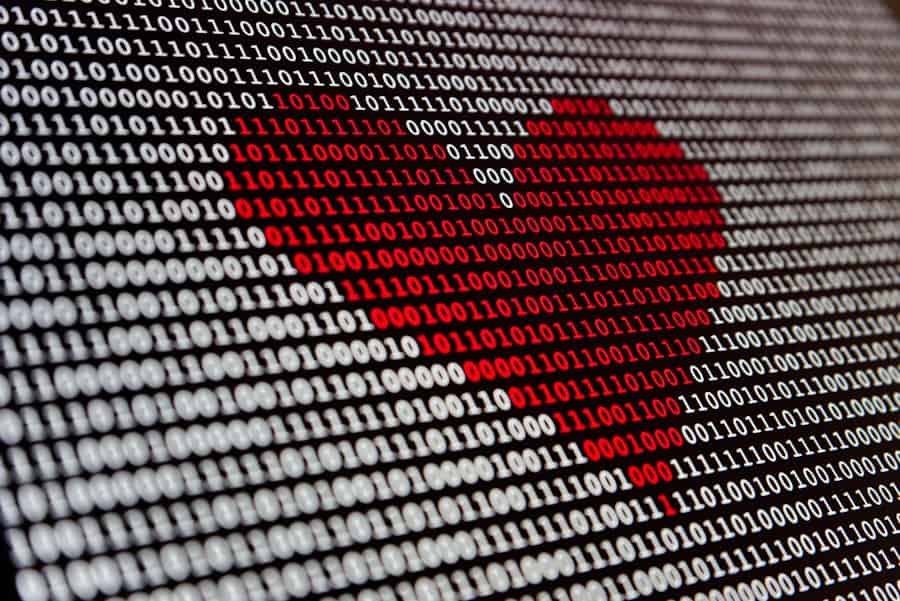
Phishing Attacks and Malware Distribution
Phishing emails often masquerade as legitimate communications from trusted sources, attempting to deceive recipients into revealing sensitive information or clicking on malicious links. Malware distribution via email attachments or links is another common tactic used by cybercriminals to compromise digital systems and steal sensitive information.
Mitigating the Risks
To mitigate these risks, individuals should exercise caution when interacting with email and online communications. This includes verifying the authenticity of sender addresses, avoiding clicking on suspicious links or attachments, and being wary of requests for sensitive information or financial transactions. Additionally, using email filtering tools and antivirus software can detect and block malicious content before it reaches the user’s inbox.
Reducing the Risk of Cyber Threats
By being cautious with email and online communication, individuals can reduce the risk of falling victim to phishing attacks, malware distribution, and other cyber threats that target digital information.
Backing Up Important Data and Files
Despite best efforts to protect digital information from cyber threats, there is always a risk of data loss due to hardware failure, accidental deletion, or malicious attacks such as ransomware. To mitigate this risk, it is essential to regularly back up important data and files to secure storage locations such as external hard drives, cloud services, or network-attached storage devices. By maintaining up-to-date backups of critical information, individuals can minimize the potential impact of data loss or corruption caused by unforeseen events.
It is important to establish a regular backup schedule that ensures all important data is consistently backed up without relying on manual intervention. Many modern operating systems offer built-in backup tools that simplify the process of creating and maintaining backups for personal or business use. Additionally, cloud-based backup services provide convenient options for securely storing data off-site, reducing the risk of data loss due to physical damage or theft of backup devices.
By prioritizing regular backups of important data and files, individuals can enhance their cyber data protection measures and minimize the potential impact of unforeseen events that could lead to data loss or corruption. In conclusion, cyber data protection is an essential aspect of safeguarding personal and sensitive information in today’s interconnected world. By implementing strong and unique passwords, two-factor authentication, regular software updates, secure network connections, cautious email communication, and regular backups of important data, individuals can significantly reduce the risk of falling victim to cyber threats such as unauthorized access, data breaches, or data loss.
It is crucial for individuals and organizations to stay informed about best practices for cyber data protection and to proactively implement robust security measures to mitigate the potential impact of cyber attacks. By taking a proactive stance on cyber data protection, individuals can safeguard their digital information from unauthorized access and exploitation in an increasingly interconnected world.
If you’re interested in the impact of the metaverse on different industries, you should check out this article on metaverse and industries: education and learning. It discusses how the metaverse is revolutionizing the way we approach education and training, and the potential benefits and challenges it presents for the future of learning.
FAQs
What is cyber data?
Cyber data refers to any information that is stored, transmitted, or processed within a computer system or network. This can include personal data, financial information, intellectual property, and more.
Why is cyber data important?
Cyber data is important because it often contains sensitive and valuable information that needs to be protected from unauthorized access, theft, or manipulation. This includes personal information, financial records, trade secrets, and other proprietary data.
How is cyber data protected?
Cyber data is protected through various security measures such as encryption, firewalls, access controls, and regular security updates. Additionally, organizations often have specific data protection policies and procedures in place to safeguard their cyber data.
What are the risks associated with cyber data?
The risks associated with cyber data include unauthorized access, data breaches, identity theft, financial fraud, and reputational damage. Cyber data can also be targeted by hackers, malware, and other cyber threats.
What are some best practices for managing cyber data?
Best practices for managing cyber data include regularly backing up data, implementing strong access controls, using encryption, conducting regular security audits, and providing employee training on data security protocols. It is also important to stay informed about the latest cyber threats and security measures.
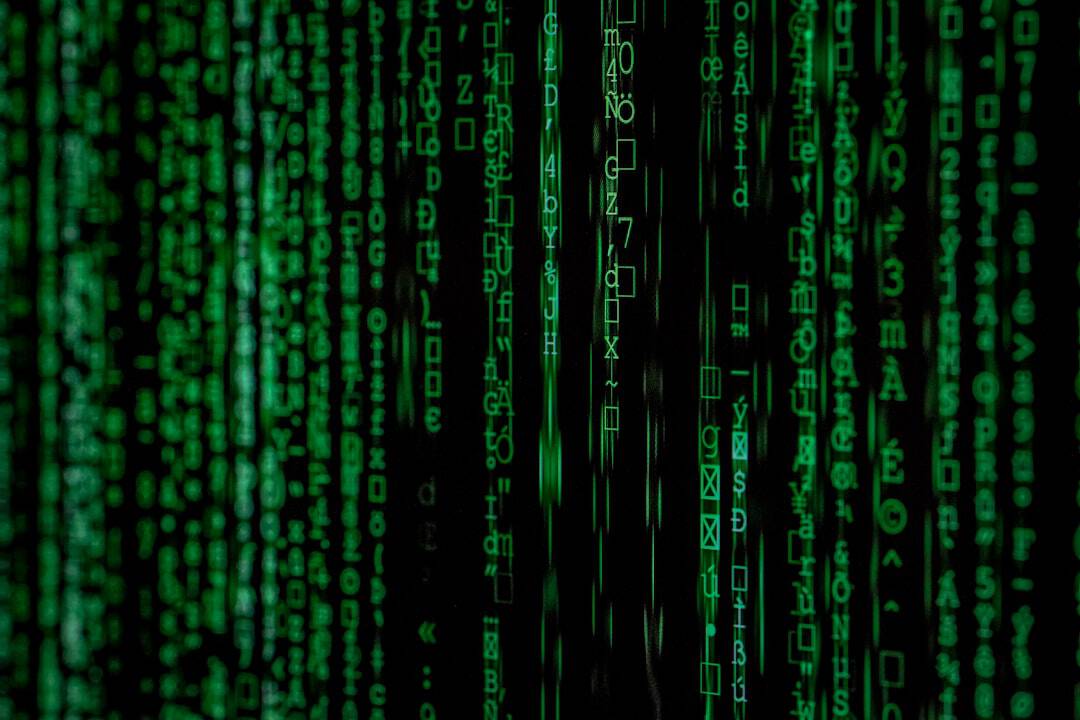
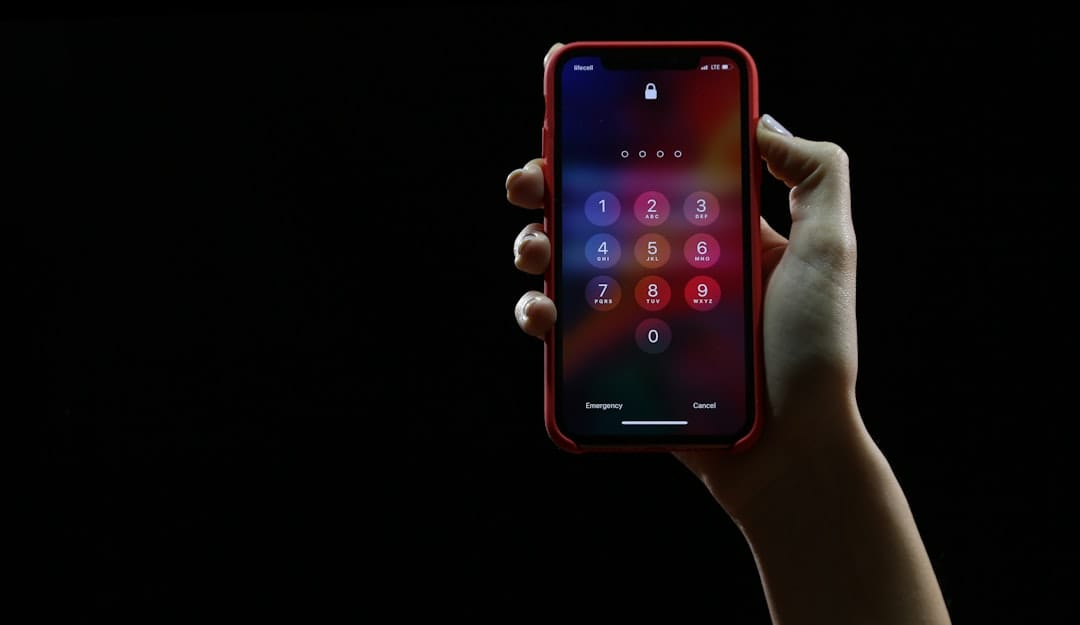




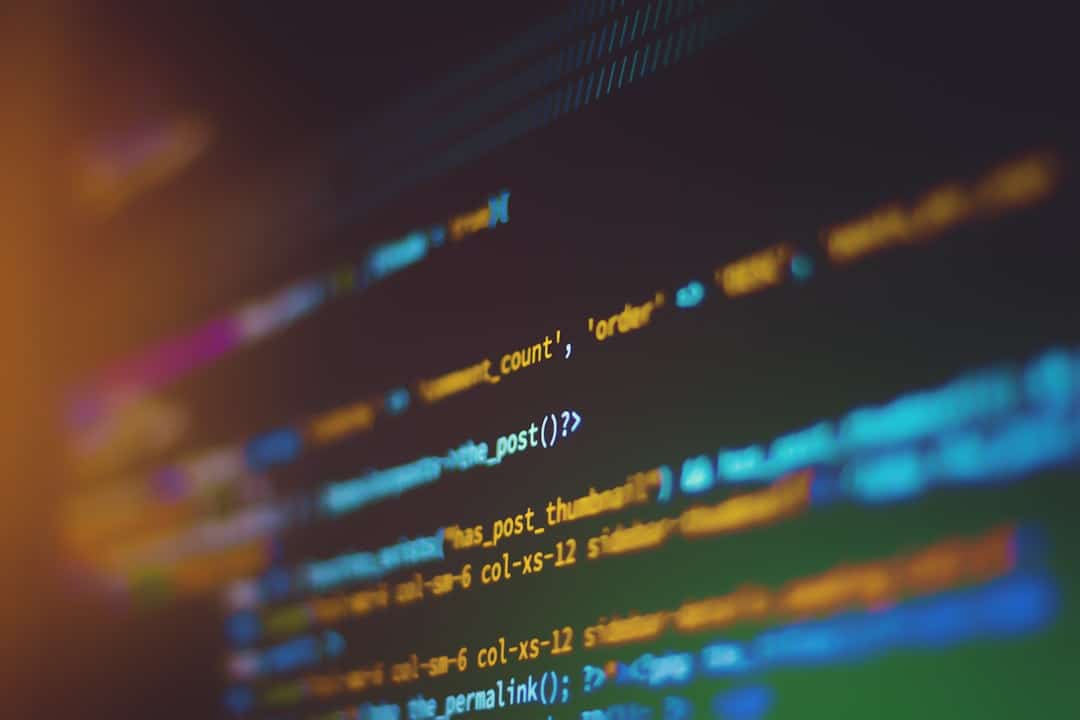

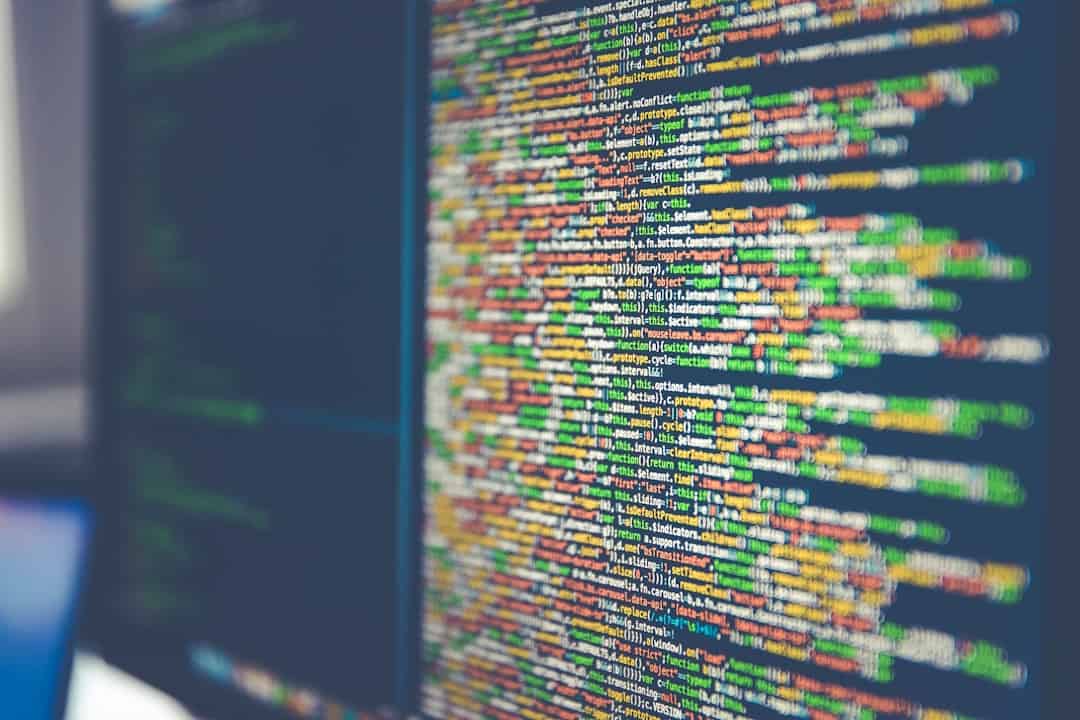
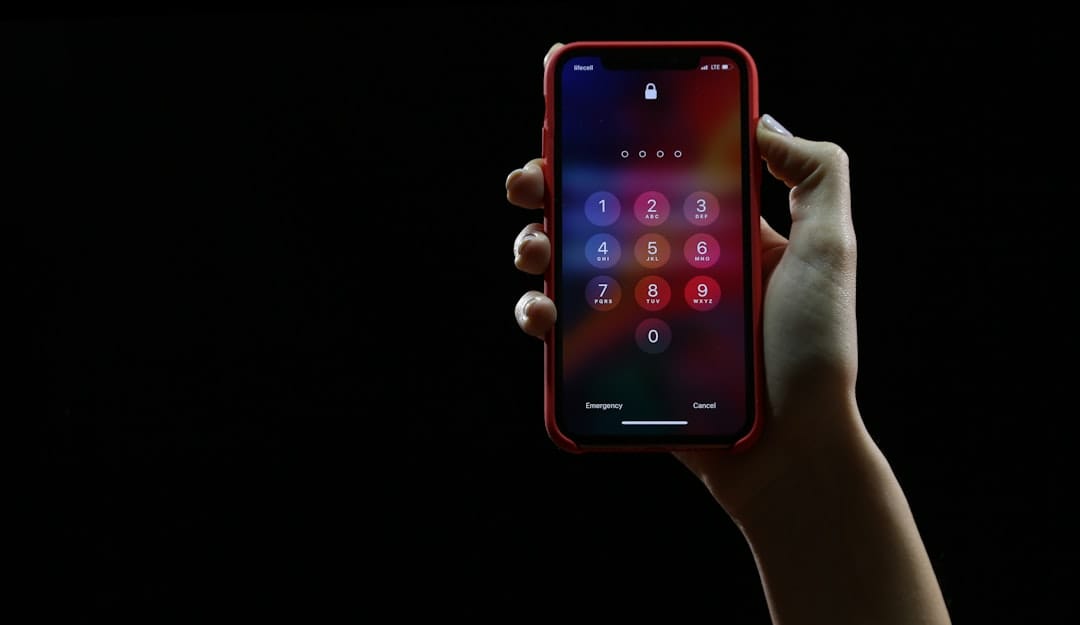

Leave a Reply